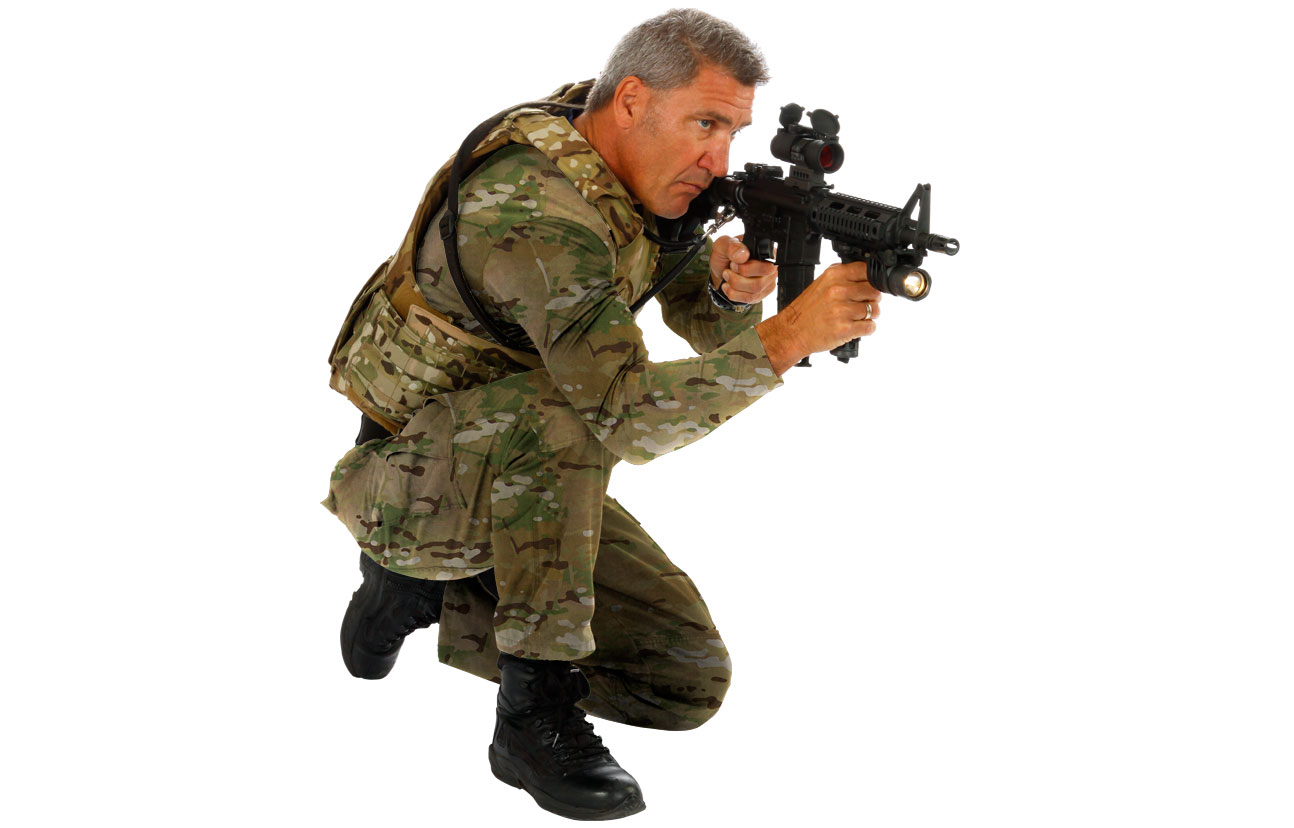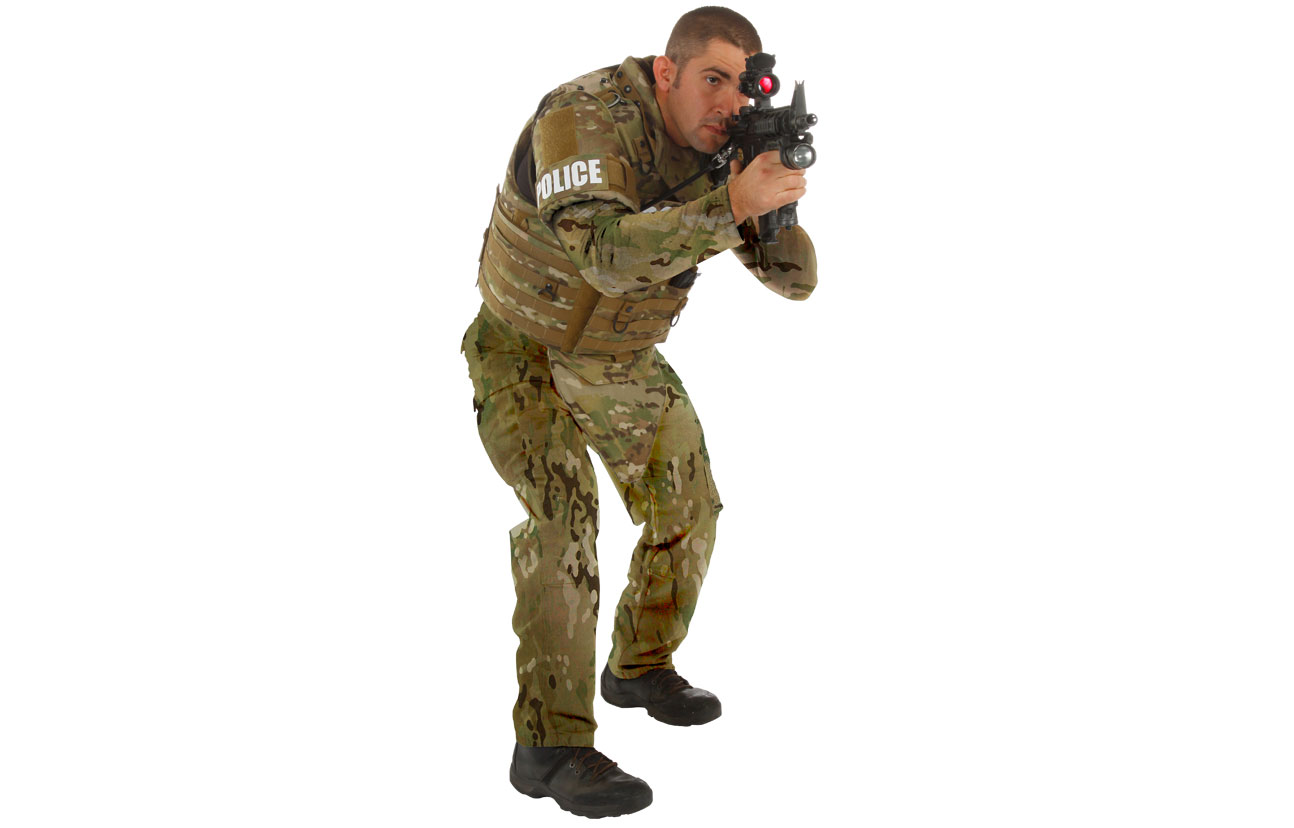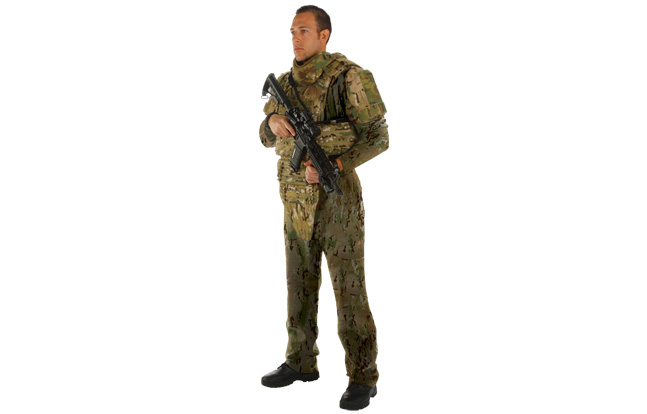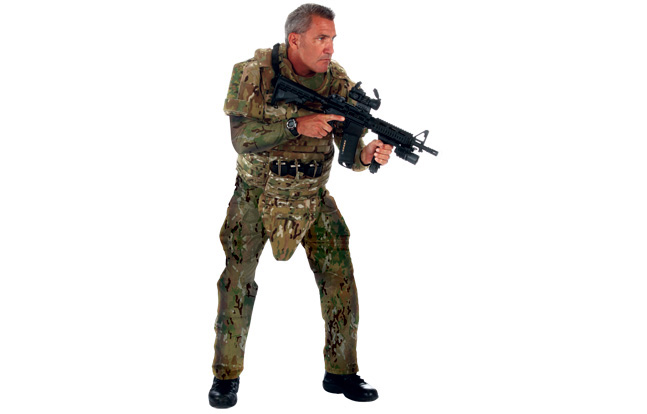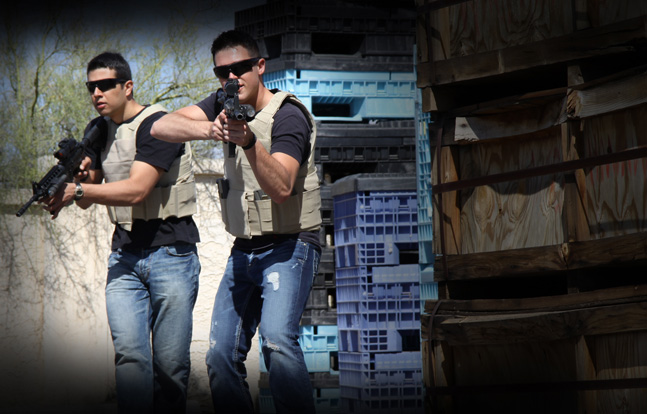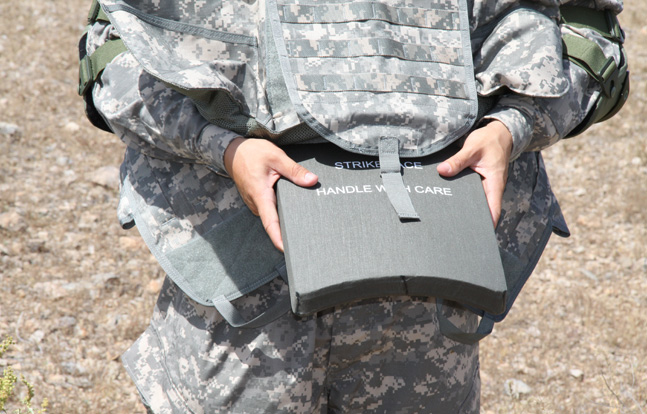Few items in a cop’s arsenal are as poorly understood as body armor. We all call them “bulletproof vests,” but the truth is that no vest is truly bulletproof, just bullet-resistant. And some vests are more bullet-resistant than others. But stopping bullets is only half of the story. Vests also need to disperse blunt trauma. If the vest stops the round, but your sternum gets pushed clear back to your spine, the fact that it stopped the bullet probably won’t matter. Finally, they have to be comfortable. The toughest vest in the world is useless if no one is willing to wear it.
I have had the good fortune of working for federal agencies that had enough money to issue everyone a vest and replace them when they expired. A few years ago, I was assisting with the vest program for my agency. A fellow agent mentioned that his vest had expired. I told him that I would make sure he got a brand new one. He declined the offer. He said that the vests keep getting lighter and more comfortable. He was certain if he waited a year or two, they would be as soft and flexible as a T-shirt, and he wanted to get one of those. Although he had worn vests for many years, he clearly had no understanding of how they work or what they have to do to protect us. While companies might be able to make a vest as light and comfortable as a T-shirt, it would probably be unable to disperse the blunt trauma. The bullet might not penetrate the material, but the bullet might still go through the person, pushing the fabric with it.
NIJ Standards
Advertisement — Continue Reading Below
To learn more about body armor, I reached out to the National Institute of Justice (NIJ), the research, development and evaluation agency of the U.S. Department of Justice. They began setting standards for body armor in the mid-1970s. The current version of the standards, 0101.06, was published in July 2008, and it is 89 pages long. In it, the NIJ outlines exactly what a vest must do to pass each threat level. These standards include measuring velocities of the rounds that are stopped, blunt trauma, shot-to-edge distance, wear resistance and even water resistance. The NIJ body armor standards dictate virtually every conceivable variable for the testing, including angles and distances for each shot, number of vests tested, room temperature and even humidity levels in the testing rooms.
Adhering to the NIJ standards is completely voluntary. No body armor producer has to follow its guidelines. However, most law enforcement agencies will insist that the vests they buy have already been tested and passed the objective standards set up by the NIJ. Some agencies, like the FBI, will go further and add additional criterion before they will authorize the purchase of a specific model of vest for their agents.
The NIJ threat levels are broken down from the weakest to the strongest: Level 2A, Level 2, Level 3A, Level 3 and Level 4. Currently, the 0101.06 standards say that a Level 2A, the weakest classification, must stop a 124-grain 9mm ball round travelling up to 1,225 feet per second (fps). That is a higher standard than the old 0101.05 Level 2A. In fact, the NIJ standards have gotten tougher each time they have been revised through the years. Here is what each level is currently tested against:
Advertisement — Continue Reading Below
- Level 2A: 9mm and .40 S&W
- Level 2: 9mm and .357 Magnum
- Level 3A: .357 SIG and .44 Magnum
- Level 3: Rifle rounds
- Level 4: Armor-piercing rifle rounds
Hard armor is required to stop a Level 3 and Level 4 threat. Probably the most common type of hard armor are “plates” that are typically made of steel, ceramic or other rigid materials, such as Spectra Shield. Most hard plates are supposed to be used in conjunction with soft armor behind them. If you ever wear a plate carrier by itself, make sure the plates that you wear are designed to be used alone, or that you can put the right type of soft armor behind it. I commonly see guys wearing plates by themselves that have never been tested or certified without soft armor behind them.
When armor is tested, it is done in an independent lab. The NIJ 0101.06 standards are much more stringent than the previous standards. The changes that have been made to the standard are intended to provide a better indication of how the armor will perform while in service. One of the major changes to the ’06 standards was the addition of an environmental conditioning protocol. This protocol is designed to subject test armors to conditions that are intended to provide some indication of the armor’s ability to maintain ballistic performance after being exposed to conditions of heat, moisture and mechanical wear. The soft armor is fully immersed in water, exposed to different temperatures and finally spun in a large tumbler prior to being tested ballistically. For the ballistic testing, the vest rests against a block of hard clay. After each shot, the deformation in the clay, called the “backface signature,” is also measured. The impression cannot be more than 1.73 inches deep or the vest fails. Multiple shots are also tested in close proximity to each other. Minimal standards for shot-to-edge distance (where the round can strike and not have the edge simply fold over and allow the bullet to pass by) must also be passed. Test samples typically consist of dozens of vests and of different sizes. Testing protocols are a little different for hard versus soft body armor.
So when do we get T-shirt vests? Probably never, but with the new and ever-developing NIJ standards, engineers are pushing the envelope to see what they can produce that is lighter and more comfortable. I spoke with Michael Haynes, the director of Channel Development for Point Blank Enterprises, Inc. As of this writing, Point Blank has more NIJ-certified vests than any other company. Point Blank has now developed a new type of body armor that is Level 3A certified, but has the weight and thickness of a Level 2 vest. Known as the Alpha-Elite, the company has literally taken pounds off of the typical Level 3A vest, making it more comfortable but still adhering to the strict NIJ ’06 standards. The vests are lighter and also more flexible.
Advertisement — Continue Reading Below
With such strict standards, it is no wonder that most police agencies insist that the vests they purchase adhere to NIJ standards. If you have a NIJ-certified vest, you can be fairly confident that it will do what the manufacturer says it will do. But how do we know that the body armor company continues to build each vest to the same standards as the vests they submitted for testing? In 2010, the NIJ started the Follow-Up Inspection and Testing Program. Each month, the NIJ Compliance Testing Program selects body armor that has previously passed the certification and has not been retested for at least the last 10 months. They then conduct surprise inspections at the factories and retest the body armor that was previously certified as being NIJ compliant. If the manufacturers refuse to be retested or their vests fail any test, they are immediately decertified. These surprise inspections take place even in foreign countries that have factories that produce body armor that are NIJ certified.
What does all of this mean for you? If you have an NIJ-certified vest, you probably have a pretty good product. If that vest was made since July 2008, you can rest assured that your vest will perform as advertised, even after years of use. You can also rest assured that no matter how great your vest is today, we have lighter, stronger and better equipment that will be available in the near future. The ballistic protection that we wear a decade from now will be lighter, thinner and more comfortable. Modern technology is taking us to places we never dreamed possible. However, the vests will probably never be as comfortable or light as your T-shirt.
For more information, visit pointblankenterprises.com or call 800-413-5155.
Advertisement — Continue Reading Below
